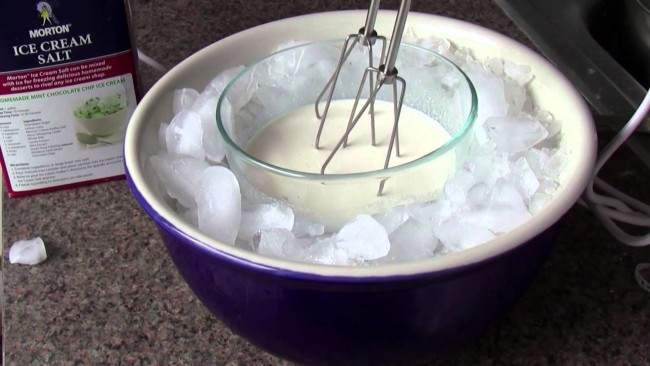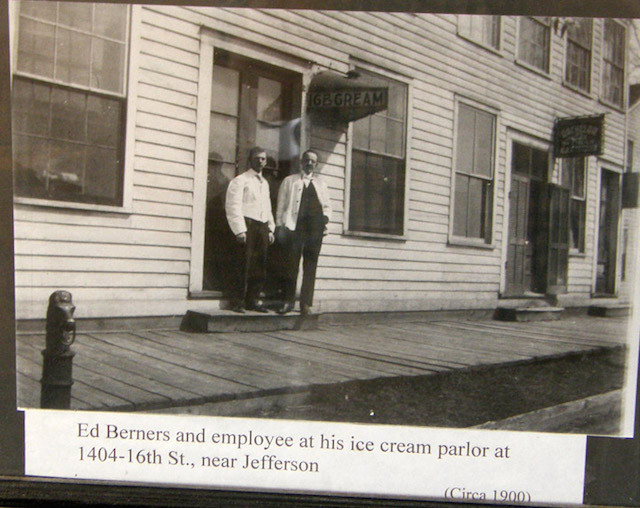LOOKING ON THE BRIGHT SIDE
We all scream for …ICE CREAM!
By feature writer: Denny Teichow.
It’s my favorite comfort food and apparently it’s a favorite for lots of people. U.S. ice cream companies made more than 872 million gallons of ice cream in 2014. That works out to 22 pounds per person; which is anywhere from 25 to 40 pints, depending on how much air the manufacturer pumped into the ice cream. Yes, it’s true; cheap ice cream really does have a lot more air in it than the premium brands. You can tell. Just pick up a package of premium in one hand and a cheap brand in the other. You can feel the difference. Humans have been using cream from cows for thousands of years. They used it as-is for a sauce or topping. They let it curdle and ferment to form yogurt. But to make it into a cold treat, that was a challenge. Centuries ago the only way to cool something was to use ice or snow. At some point people started adding sugar to sweeten the cream. Sugar makes it tastier, but it also lowers the freezing point. So sweetened cream cannot be frozen at all by sticking it in snow or ice. So America’s favorite summer sweet treat languished un-invented for centuries. Until someone discovered that adding salt to ice makes the temperature of the ice go below its normal freezing point or, in layman’s terms, the ice gets colder.
Voila!
There was now a way to freeze sweetened cream. These early versions of ice cream were pretty crystally, like what we call “freezer burn”. By the 1800’s the French had discovered that frequent stirring of the freezing mixture produced a finer, less crystalline texture. They also developed super-rich versions by adding up to 20 egg yolks per pint of ice cream! For centuries ice cream was always made in small batches in a pail that sat in a bucket of salted ice and you had to hand stir the mixture until it froze which could wear out your arm before you finished, so it wasn’t made very often. Then in the 1840’s some American entrepreneurs patented the hand-crank mechanical ice cream maker. You still needed salt and ice, but much less effort. A decade later a milk dealer in Baltimore decided to use his seasonal surplus of cream to make ice cream commercially…and the race was on. By 1900 an English visitor was struck by the “enormous quantities” of ice cream eaten in America. Yeah, we didn’t invent it, but we are the champion ice cream eaters!
Nutritionally, ice cream — nah, let’s not go there. I once tried an only ice cream diet. The first day was a little bit of heaven. By the end of the second day I was already tiring of it; but I had lost a pound in just two days. I think you can get the same result with any type of only that diet. For much of the 1800’s the only two variations on serving ice cream were to serve it plain or to put some of it into soda water along with some syrupy flavoring, creating the ice cream soda, which was immensely popular for a long time. Then one day someone tried something different. But who and when is a matter of considerable dispute. Several cities claim to have been the birthplace of the ice cream sundae.
One of them is Two Rivers, Wisconsin where in 1881 a customer came into Ed Berner’s soda fountain and asked him to just drizzle chocolate syrup over a dish of ice cream – and it was on a Sunday. Other cities claim that local laws prohibited the sale of ice cream sodas on Sunday, so one Sunday some enterprising soda fountain owner started serving ice cream sodas without the soda, just the ice cream covered with the syrup. That seems like a possibility, but I’m sticking with Two Rivers.
More Good things from Looking on the Bright Side











